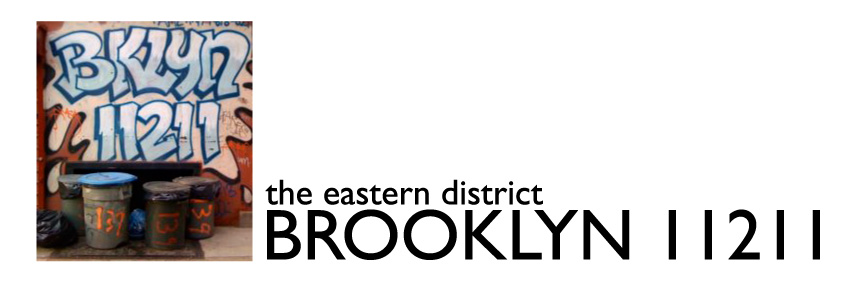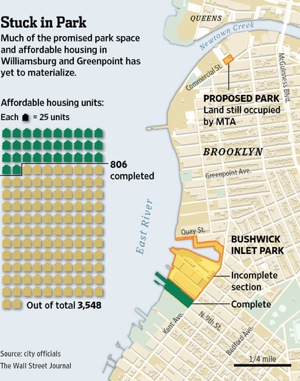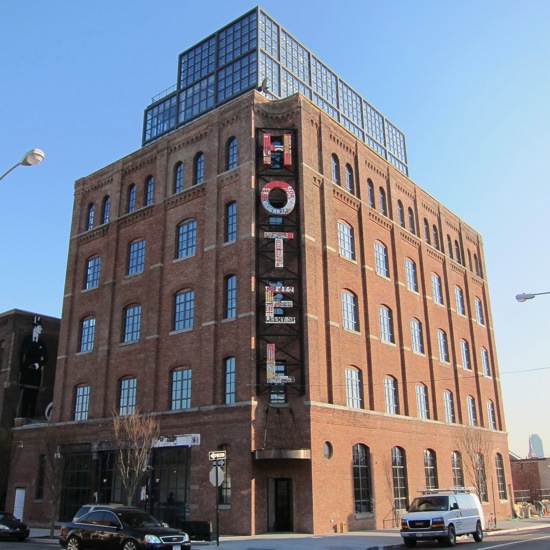DUMBO-based Two Trees has closed their deal for the Domino sugar refinery site, for what appears to be $185 million ($20 million more than the price that Two Trees supposedly went into the negotiations at). According to the Times, the price increase came after co-owner Isaac Katan made an offer with developers Chetrit Group and David Bistricer for $185 million. The price is a handsome return for co-owners CPC Resources and Katan, who bought the property in 2004 for $55 million and spent 6 years securing a rezoning for the residential use of the site (though Katan apparently doesn’t think it’s such a great return).
What does the new owner have in mind for the project? Two Trees principal Jed Walentas is quoted in the Times as saying that there are “probably some opportunities to make improvements on the plans”. The Rafael Viñoly plans shown during the public review for the site’s rezoning are non-binding, so a redesign of the building skin is certainly possible (and I’d bet likely). So too is a redesign of the Landmarks-approved addition to the Refinery building (the current model was designed by Beyer Blinder Belle).
But what of all the promises that CPCR made to the local community during the rezoning process? The open space is largely codified into the zoning for the site (and by general waterfront access plan requirements), as are the building heights and general uses (retail, office, residential).
But the big promise – the one that brought a lot of community into CPCR’s fold – was affordable housing. 660 units of it. Rob Solano, a supporter of the CPCR rezoning told the Times: “It’s extremely important that the Domino project is built with all the affordable housing that was promised”.
The Daily News asked the question that is on the minds of CPCR’s community supporters, and the response should not be reassuring:
The new developer of the iconic Domino Sugar Factory hedged Thursday on whether the new deal would include affordable housing.
“There were promises made by another developer. We literally just brought the property today so I don’t know,” said Stefan Friedman, a spokesman for Two Trees Management Co.
Two Trees is an experienced developer (unlike CPCR), but they are an experienced developer of luxury and market-rate housing. As I’ve said before, they are a good fit for this project in that they have experience with old buildings, experience with big (and complicated) developments, a commitment to good design and a very long-term investment philosophy (and they are certainly better than Katan-Chetrit-Bistricer partnership would have been). But affordable housing is not their thing, and if, after two or three weeks of due diligence on a $185 million deal, they are being coy on the affordable question, that should make people in the community pretty nervous. Maybe Two Trees is thinking about who to partner with to do the affordable housing (a smart move), but it’s a pretty good bet that they are also looking at the number or percentage of units.
Two Trees is right – the promises were made by another developer. That other developer was able to secure a zoning density that far exceeded what any other developer on the waterfront was able to get, and in exchange for that, they promised to build a lot of affordable housing. But those promises were not binding on CPCR and they are not binding on Two Trees.


